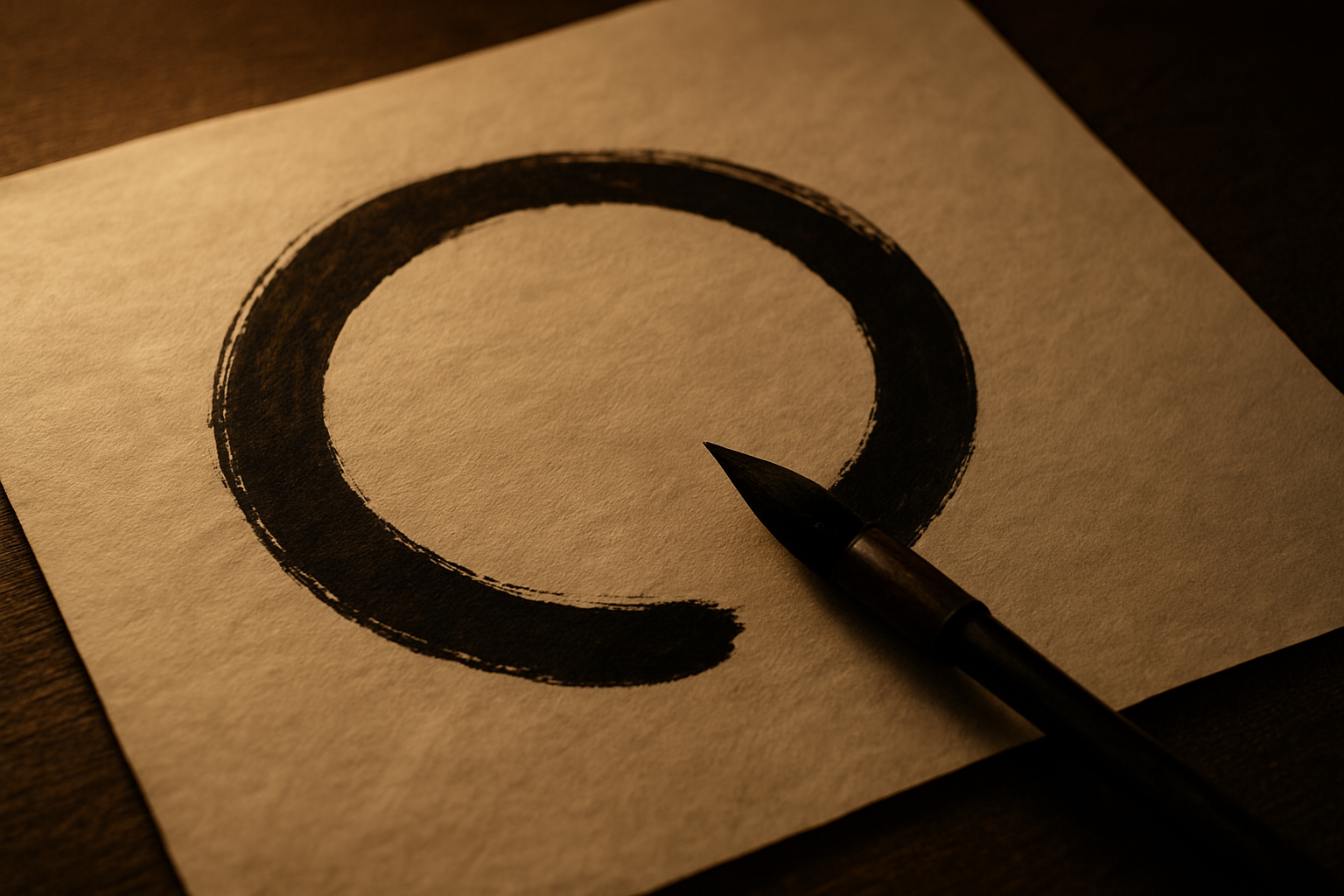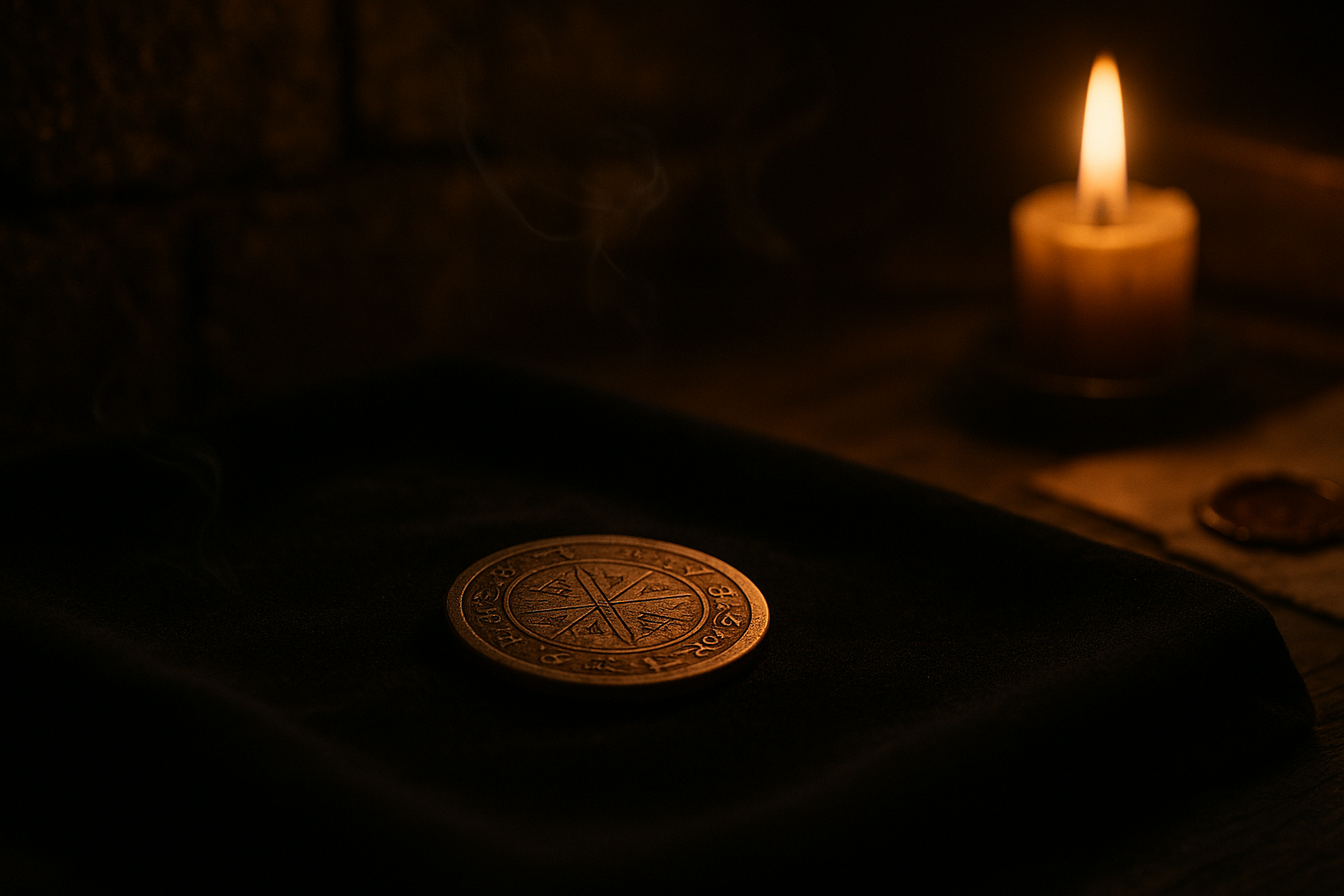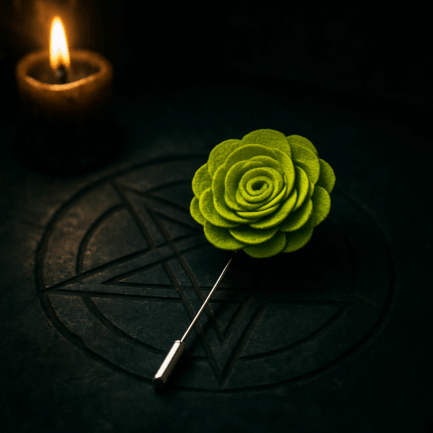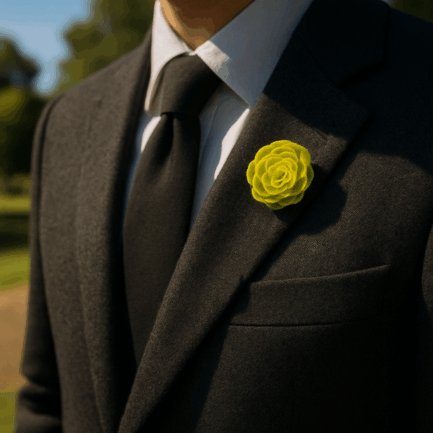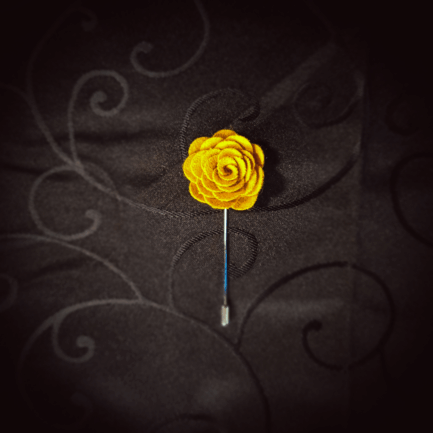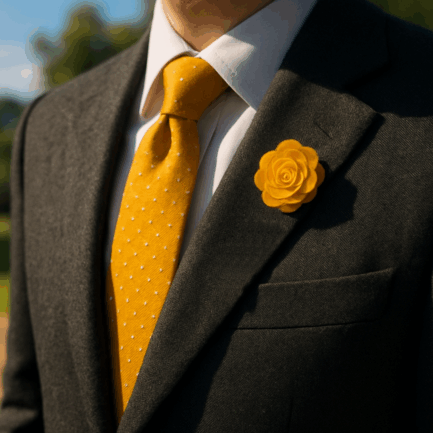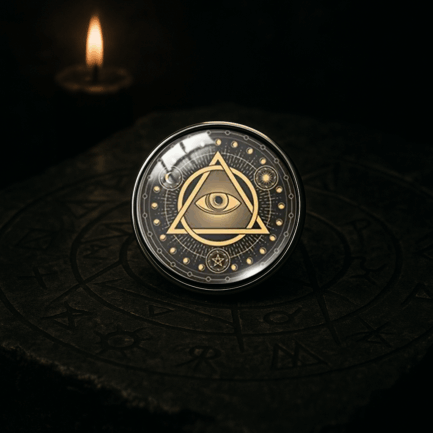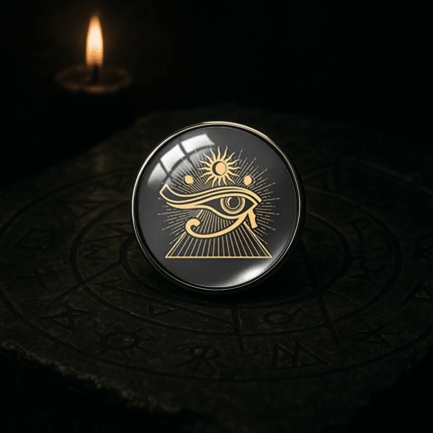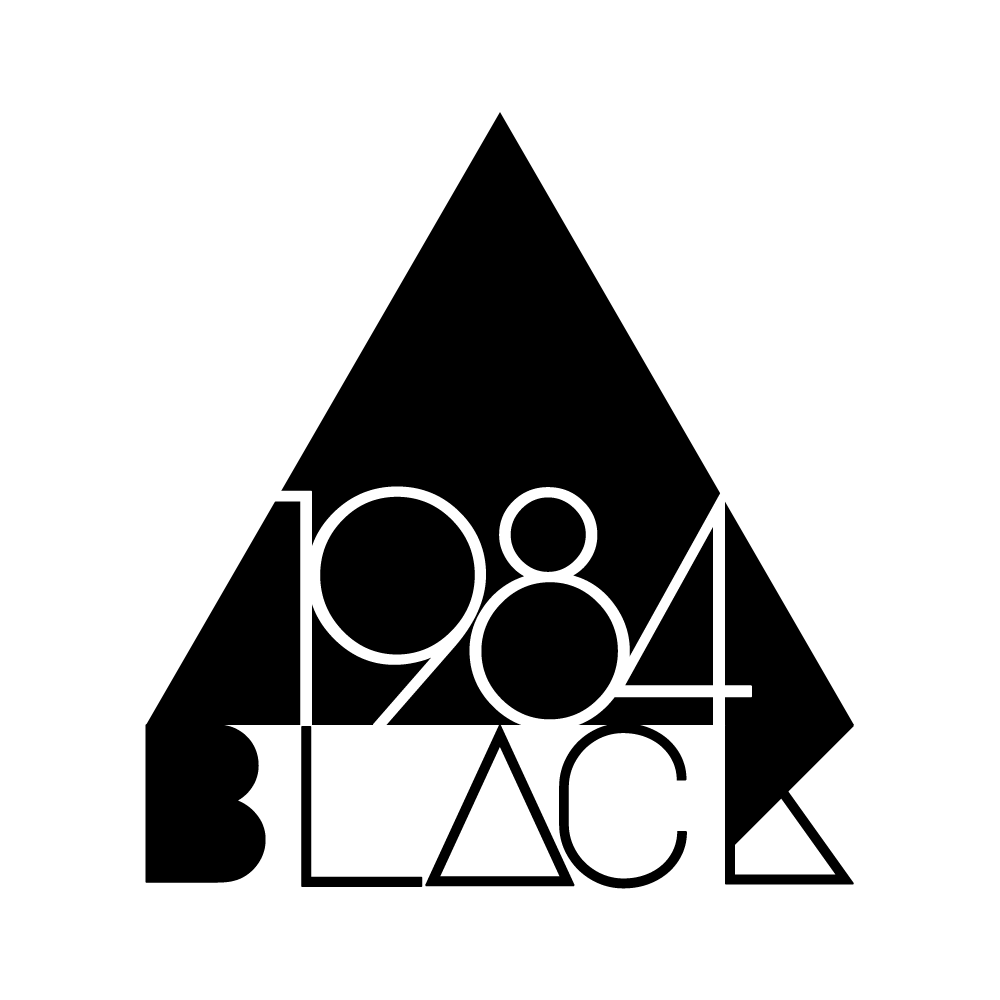Before there was language, there was form. And among forms, the circle reigns; silent, endless, and whole.
It is the shape without beginning or end. No sides. No angles. No hierarchy. A single continuous line, bending back into itself. The circle does not progress. It returns. And in this return, there is power.
To the initiated, the circle is not soft. It is sovereign.
The Origins: Wholeness Encoded in Curves
The circle is older than myth. It predates fire. It predates fear.
It is the sun. The moon. The iris of the eye and the ring of fire. Ancient temples like Stonehenge and Göbekli Tepe were arranged in circles — not for aesthetics, but for reverence. A wheel. A halo. A womb. A portal.
In Zen Buddhism, the circle becomes the ensō — a brushstroke that captures the moment when mind and body are in perfect flow. In Islamic architecture, domes rise like celestial circles turned upward. In alchemy, the ouroboros — a serpent devouring its own tail — represents infinite return, the cycle of life, death, and rebirth.
The circle never asks. It encircles.
Return, Not Repetition
The circle is often misunderstood as repetition. But a ritual is not a routine. A cycle is not a loop.
In a circle, each return contains the memory of its last turn. Each point on its curve is informed by the journey behind it. The circle is experience made visible — not linear, not static, but evolving through time.
To wear a circle is to signal one’s commitment to this return. To walk willingly through the same threshold again, changed.
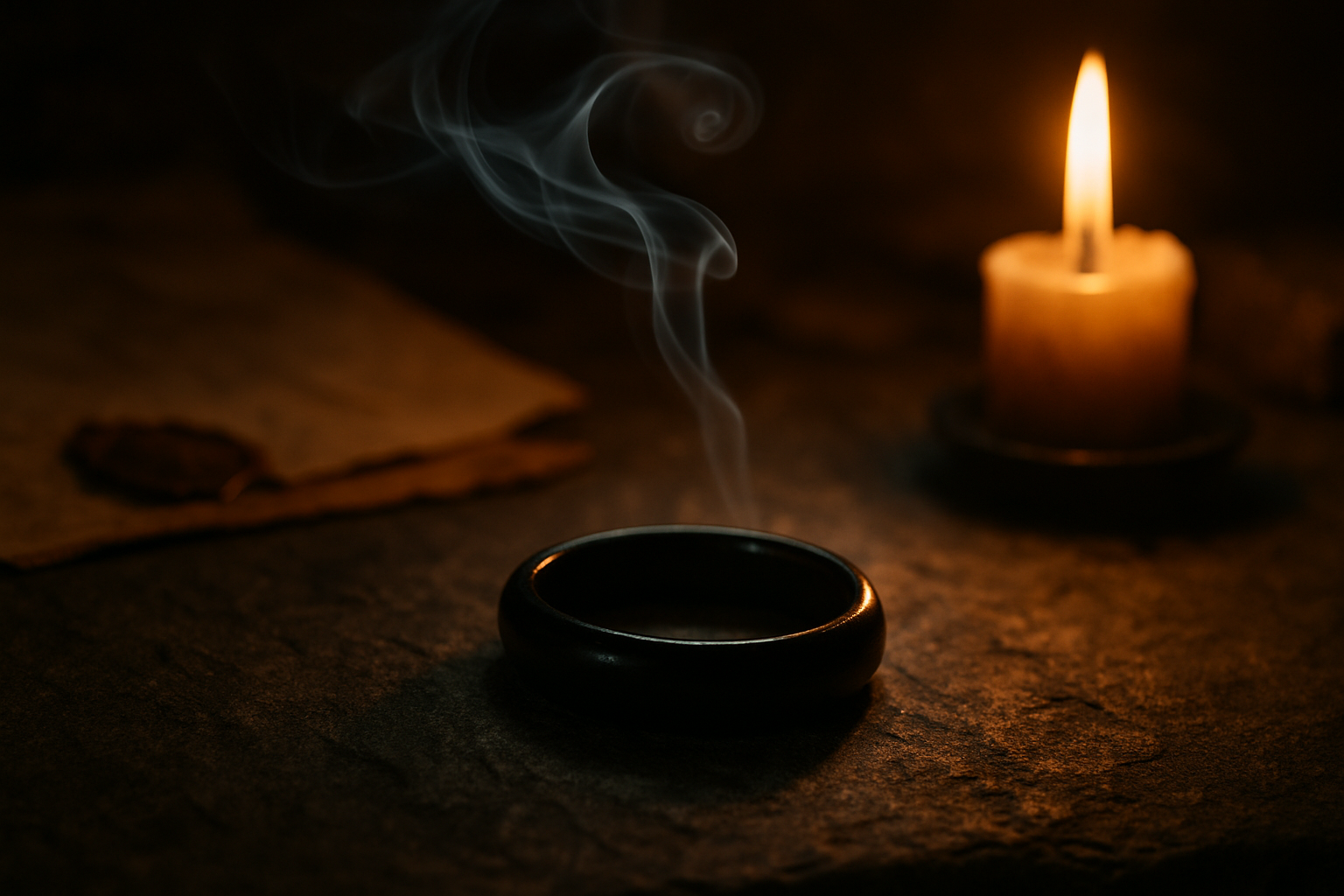
Circles in Silence
Circles are rarely loud. You will not find them screaming in design. They whisper from within rings, buttons, dials, and watch faces.
They appear on the wrist, in the curve of a lapel pin, in the hollow of a cup held close to the chest. A circular pendant may rest just over the heart — not as ornamentation, but as a marker of center.
Even in packaging, the circle signals containment, symmetry, and secrecy. What is inside cannot spill outward. It holds.
To design in circles is to choose stillness over spectacle. Containment over chaos.
Wearing the Circle in 1984.black
At 1984.black, we do not draw circles.
We carve them. Cast them. Burn them into metal. Encapsulate them in glass. Each is a seal — a cipher.
You will find them in cufflinks whose edges dissolve into shadow. In rings that are not for display, but for remembrance. In hidden compartments sealed with circular clasps.
The circle speaks to those who know the value of returning — again and again — to themselves.
Hidden Facts & Lesser-Known Connections
-
In Freemasonry, the point within a circle symbolizes the individual surrounded by boundaries of law and balance.
-
The ancient Celts considered the circle sacred — symbolizing the universe and the eternal cycle of nature.
-
In Eastern thought, the mandala is circular not just for symmetry, but to aid meditation and rebirth of perception.
-
The philosopher Plotinus described the soul as a circle: timeless, centered, seeking no outer edge.
-
In medieval grimoires, magic circles were drawn for protection — not to trap something in, but to keep something out.
Closing Reflection
To the untrained eye, the circle is simple.
To the trained, it is complete.
It means containment. It means alignment.
It means: I do not move in haste. I return by choice.
In the geometry of power, the circle holds the center.
And it does not break.

